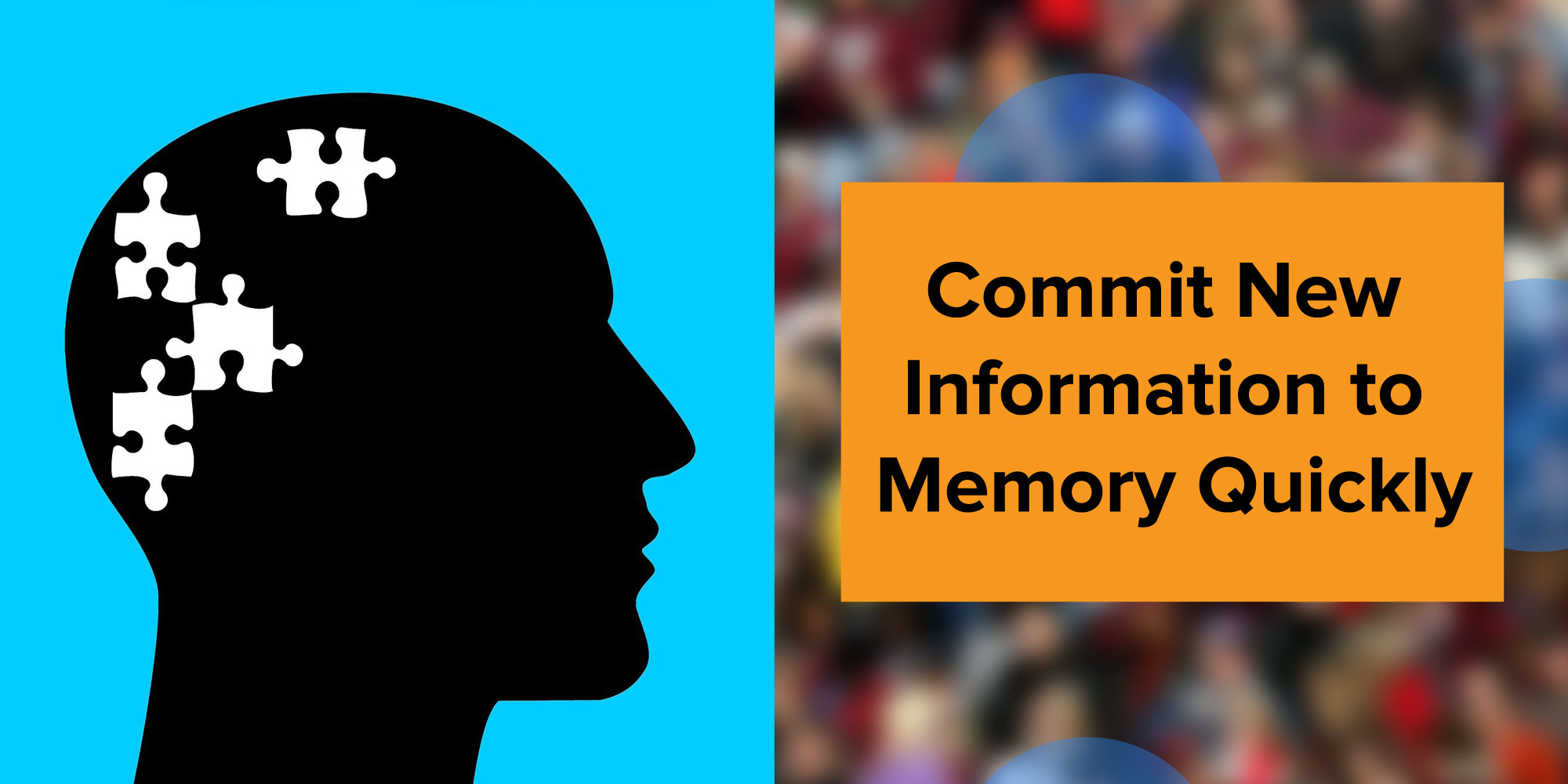Welcome to another how to post! Today’s should help you both in your work and personal life. Before we get going, let me explain why I know so much about this topic. I have the worst memory imaginable, and when I was in college, it became a major issue. It was so bad, I missed my own inauguration ceremony into the international honor society’s Phi Theta Kappa (something I’d worked toward for two years). I was devastated.
So, I went on a hunt to figure out exactly how our brains retain information, make a reference file of all that data, and figure out a way to put it to use for myself. I found out later in life that I have MS, and my brain was struggling to keep up with the new connections I needed it to make. But it worked, and I managed to graduate Summa Cum Laude. Needless to say, these methods are tried and proven to get you results, even if you happen to have a neurological disorder. Let’s dive into it!
You probably wonder how your brain transfers information from short-term memory to long-term memory. Even if you don’t wonder that, you’re about to find out, because this is key to learning new things and retaining them for more than a minute.
What’s the difference between short-term and long-term memory?
I’m glad you asked!
Short-term memory items are the things your brain holds onto long enough to accomplish whatever it is you’re trying to do. Once the action is done, you let go of those things. It won’t matter how hard you try; you won’t be able to recall whatever it was you thought you learned. It’s gone. A lot of people believe data they absorb in school will be with them forever, but if you don’t use it later, your brain will deem it unimportant and let it go. In this case, you can think of it like a computer hard drive: Once you hit the data limit, it can’t hold anymore. You have to erase some things to make room for new things.
Long-term memory items are the things your brain is able to transfer to a different section that doesn’t allow you to overwrite old data. It does this because these things are deemed important in some way. Perhaps the information keeps you safe, or perhaps it’s something you’ve heard repeated several times throughout your life that stuck. This is your “data warehouse” section (Stephen King fans, I see you). Things here stay forever (unless dementia or Alzheimer’s sets in later in life, but that’s a whole other topic), and the items in the data warehouse can be retrieved with a little nudge.
Examples of short-term memory items:
Grocery lists of a few items. You’ll remember this as long as you need to, but if I asked you three weeks from now what items were on that list, you likely won’t be able to recall everything (or anything).
Test answers. You may retain those answers for a year or two, but again, if you don’t use whatever it is you learned, you’ll forget it. This is why schools in the US spend so much time on review the first few weeks of a new year.
Examples of long-term memory items:
The song lyrics from your favorite tune from 1982. If you hear the song again, the words come pouring out of you. Chances are, that song is attached to a good feeling or a situation that changed you in some way.
Don’t touch hot things. This comes from that time you burned yourself when you were little. It’s part of the human protection and harm section, and those tend to stick because they’re associated with trauma of some kind.
How do you get things to transfer from short-term to long-term memory?
There are a number of ways to accomplish this:
- Repetition, but with higher stakes. Something like playing a game where your opponents are trying to recall the same things you are, but there’s a prize on the line. This also ties into the next one.
- Read, Write, Recite. Take note of it as you read it, copy it from one place to another, and then recite it orally. As an example, I did it this way: Took notes in class from the lecture slideshow; printed out the notes, cut them up, and created Q&A cards; and then played a rollicking game of Trivial Pursuit with friends, using the cards created.
- Take a nap. I’m serious. If you read something you need to retain then immediately take a short nap, you’ll be able to recall what you learned much more easily after you wake up. This is because your brain doesn’t have other things to do, is relaxed, and can work on moving that information to the place it needs to be for recall later.
- Take a relaxing walk through a park. Same reason as number three. This needs to be a place where there’s no chance of you getting hurt so your brain can perform the transfer rather than having to work at keeping you alive.
Things from the list above that worked for me might not work for you. My favorite was read, write, recite. I’m a social learner, and those lessons have stuck with me for over ten years.
I hope you give some of these a go, and I hope they work as well for you as they did for me. Once you understand why your brain behaves the way it does, you’re in a better position to figure out a way to make it do what you want.




